Universe's Web
These are links to other great web sites about the Universe. But beware: you don't want to get caught in the Universe's Web! Don't stay away from Windows to the Universe for long!
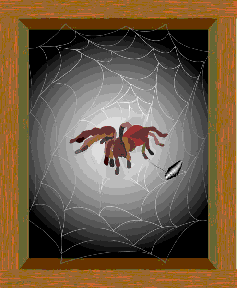
 Amazing Space A web page brought to you by the Hubble Space Telescope
Amazing Space A web page brought to you by the Hubble Space Telescope
 Astronomy.com A web page brought to you by Astronomy Magazine
Astronomy.com A web page brought to you by Astronomy Magazine
 Classifying Galaxies An interactive lesson for grades 5-9
Classifying Galaxies An interactive lesson for grades 5-9
 Constellations and their Stars
Constellations and their Stars
 The Galaxy Catalog Lots of Galaxy images!
The Galaxy Catalog Lots of Galaxy images!
 Home Planet Download a free program for star maps!
Home Planet Download a free program for star maps!
 Nine Planets: The Milky Way
Nine Planets: The Milky Way
 Sea and Sky Play games and learn about the sea and sky!
Sea and Sky Play games and learn about the sea and sky!
 Star Journey from National Geographic
Star Journey from National Geographic
 The Hubble Site
The Hubble Site
 Detailed interactive star map
Detailed interactive star map
You might also be interested in:
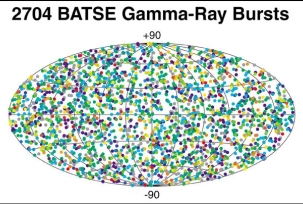
In the 1960's, the United States launched some satellites to look for very high energy light, called Gamma Rays. Gamma Rays are produced whenever a nuclear bomb explodes. The satellites found many bursts
...more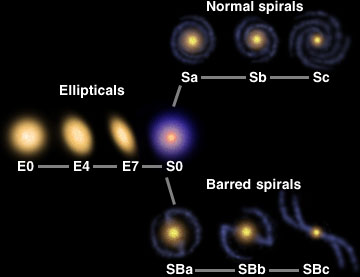
During the early 1900's, which is not very long ago, astronomers were unaware that there were other galaxies outside our own Milky Way Galaxy. When they saw a small fuzzy patch in the sky through their
...more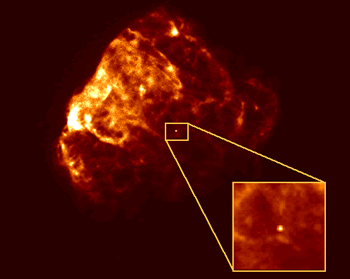
Neutron Stars are the end point of a massive star's life. When a really massive star runs out of nuclear fuel in its core the core begins to collapse under gravity. When the core collapses the entire star
...more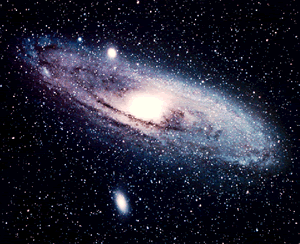
Spiral galaxies may remind you of a pinwheel. They are rotating disks of mostly hydrogen gas, dust and stars. Through a telescope or binoculars, the bright nucleus of the galaxy may be visible but the
...more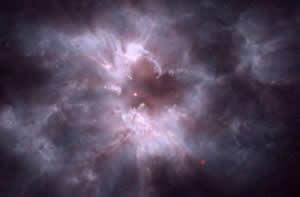
When stars like our own sun die they will become white dwarfs. As a star like our sun is running out of fuel in its core it begins to bloat into a red giant. This will happen to our sun in 5 Billion years.
...more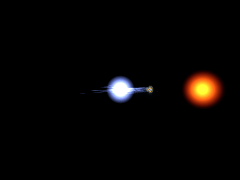
What's in a Name: Arabic for "head of the demon" Claim to Fame: Represents Medusa's eye in Perseus. A special variable star that "winks" every 3 days. Type of Star: Blue-white Main Sequence Star, and
...more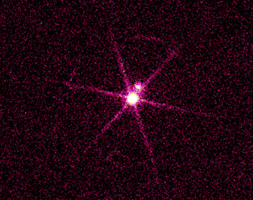
What's in a Name: Nicknamed the "Pup" because it is the companion to Sirius, "the Dog Star" Claim to Fame: Highly compressed white dwarf remnant. Density about 50,000 times that of water. It has approximately
...more

 Amazing Space A web page brought to you by the Hubble Space Telescope
Amazing Space A web page brought to you by the Hubble Space Telescope Astronomy.com A web page brought to you by Astronomy Magazine
Astronomy.com A web page brought to you by Astronomy Magazine Classifying Galaxies An interactive lesson for grades 5-9
Classifying Galaxies An interactive lesson for grades 5-9 Constellations and their Stars
Constellations and their Stars  The Galaxy Catalog Lots of Galaxy images!
The Galaxy Catalog Lots of Galaxy images! Home Planet Download a free program for star maps!
Home Planet Download a free program for star maps! Sea and Sky Play games and learn about the sea and sky!
Sea and Sky Play games and learn about the sea and sky! Star Journey from National Geographic
Star Journey from National Geographic 













